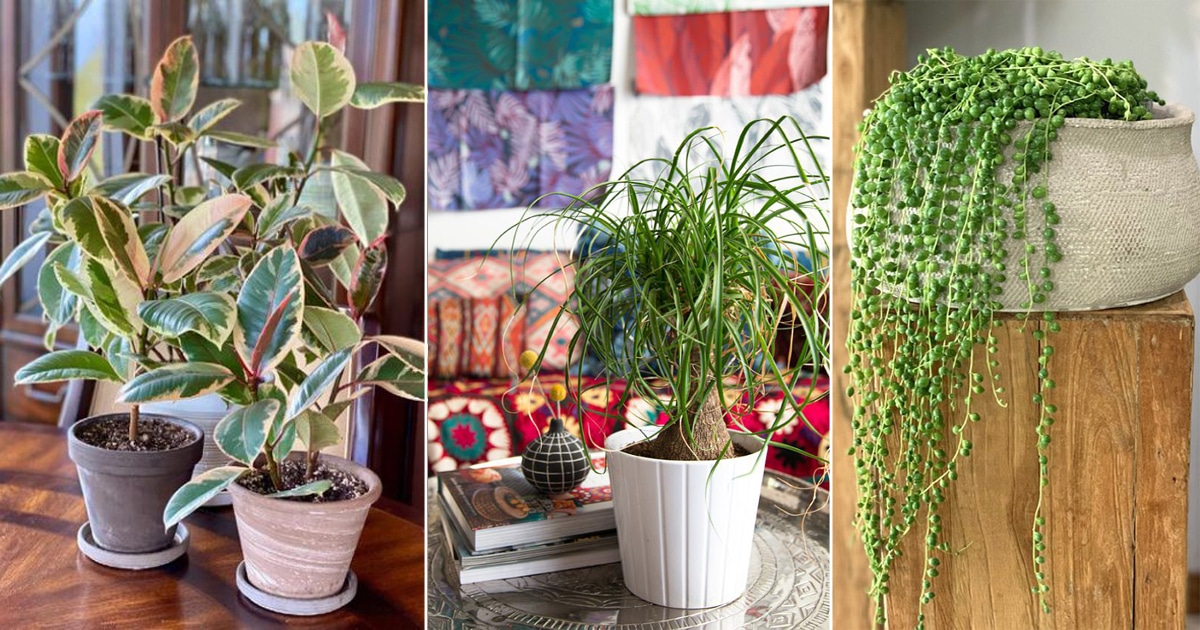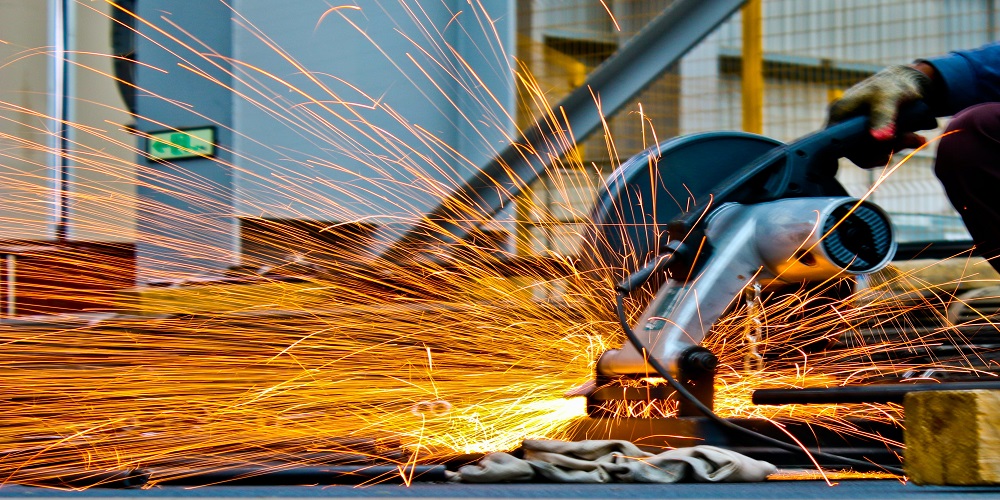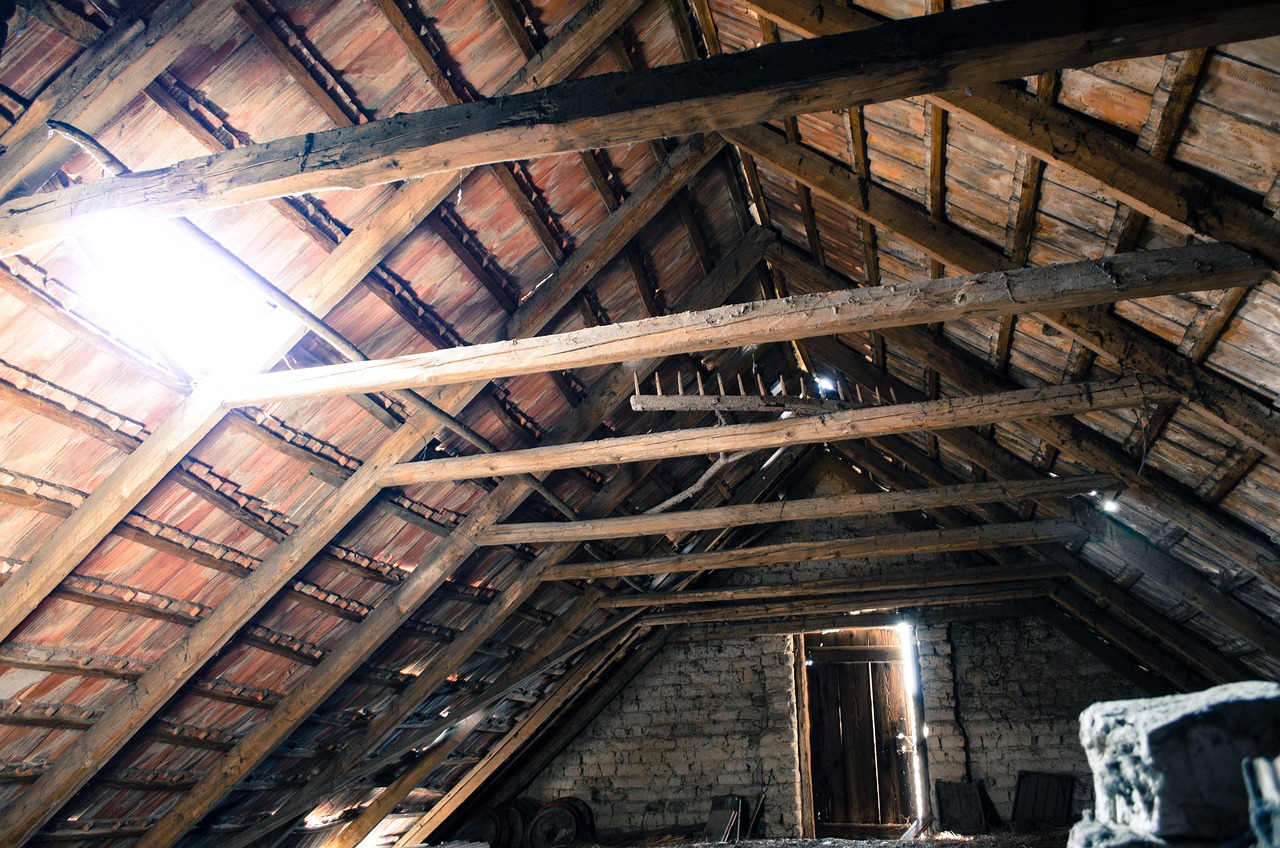Are you tired of staring at the same dull, boring kitchen cabinets every day? Are you ready for a change but don’t know which type of cabinet to choose? Don’t worry—you’re not alone. With so many different types of kitchen cabinets to choose from, it can be hard to decide which one is right for your home.
In this article, we’ll explore the various types of kitchen cabinet designs so as not to make kitchen redesigning mistakes so you can weigh your options and make an informed decision when selecting the perfect cabinet style for your kitchen decor.
Types of Kitchen Cabinets
Below, we have curated a list of kitchen cabinets types that will enhance your kitchen cabinets:
Frameless Cabinets
These are simple boxes with no frame around them—hence their name “frameless”—which enables them to offer more storage space than framed cabinets due to their lack of bulky frames or trim pieces. In addition, frameless cabinets have concealed hinges which makes them easier to open and close compared to framed cabinets that have visible hinges and bulky doorframe molding.
Full Overlay Cabinets
These fully covered cabinets leave no space between doors or drawers when they are closed, creating a sleek look that helps make smaller kitchens appear larger by eliminating gaps in cabinetry lines while also allowing drawers and doors to be opened without bumping into one another.
Although full overlay cabinets can be more expensive than other types of cabinetry due to their complex construction process, they provide maximum storage space as well as being aesthetically pleasing too!
Partially Overlay Cabinets
Also known as “standard overlay” or “traditional overlay,” these are similar in construction to full overlay but reveal small gaps between cabinetry draws and doors when they’re closed, giving them a less polished look than full overlay models whilst still providing plenty of storage space in the process too!
Inset Cabinets
As opposed to other cabinet designs, which are typically installed on top or outside of face frames (as mentioned above), inset cabinetry requires deeper recesses in order for doors/drawers/hinges, etc., to fit tightly against each other within its opening––creating a seamless look when closed which is perfect for those wanting something unique yet practical in design terms too!
Beadboard Cabinets
Not only does beadboard cabinetry provide plenty of decorative appeals (they look like miniature wainscoting panels!), but they also incorporate traditional tongue-and-groove joinery techniques that help create stronger, sturdier installations– making them ideal if durability is high on your list when selecting new cabinets!
Verdict!
Choosing the right type of kitchen cabinet depends entirely upon individual tastes–there is no right answer when it comes down to aesthetic preference versus practicality/functionality considerations too.
Understanding all the different styles available, however, helps arm homeowners with enough knowledge needed so they can carefully weigh up all options before making an informed decision on which cabinet best suits their home’s interior style & budget requirements.



